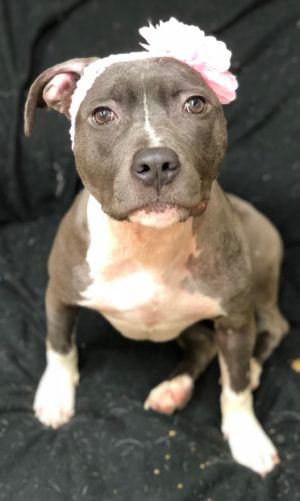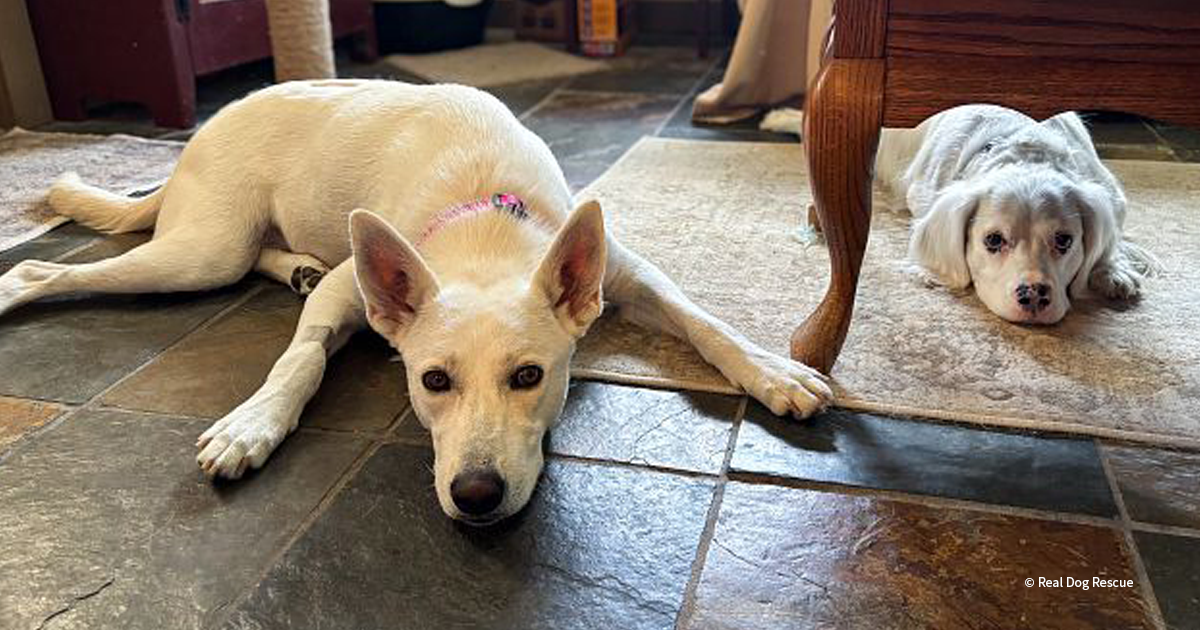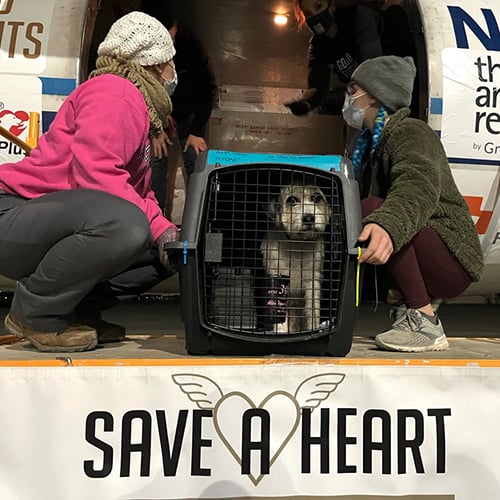What Is a Bait Dog and How to help these survivors rehabilitate
In the shadows of illegal dog fighting, a particularly cruel role exists: the bait dog. These dogs are often the forgotten victims—used not to fight, but to be fought against. Their injuries are severe, their trauma profound. But with the right care, many can heal. Some even go on to thrive.
At Greater Good Charities, we partner with frontline rescue organizations and shelter networks to support the recovery of dogs rescued from cruelty, including bait dogs. We deliver resources—food, supplies, and veterinary support—that allow rescuers to focus on what matters most: recovery, rehabilitation, and long-term care.
What is a Bait Dog?
A bait dog is a dog used as a training target in illegal dog-fighting operations. These dogs are typically passive by nature and defenseless. Many are stolen pets, former strays, or animals pulled from shelters. They are muzzled, restrained, or otherwise rendered unable to defend themselves, and used to provoke aggression in dogs being trained to fight.
The physical and psychological toll is devastating: torn ears, broken jaws, puncture wounds, starvation, and extreme fear are all common. In many cases, bait dogs are discarded or killed once they’re no longer useful. The practice is illegal in all 50 states, but dog fighting persists underground, and bait dogs remain at high risk.
Can Bait Dogs Be Rehabilitated?
Yes—many bait dogs can be rehabilitated, but the process takes time, patience, and specialized care. Recovery often includes:
- Emergency medical treatment for severe injuries
- Behavioral support to reduce fear and rebuild trust
- A stable, loving environment where the dog can feel safe
- Long-term foster or adoptive homes with experience in trauma recovery
Not all dogs recover fully, but many—like Blossom—defy expectations and go on to become therapy animals, family companions, or even community educators.
Blossom: A Survivor's Story
Blossom was found barely alive—used as a bait dog and left with extensive injuries. Her left ear was shredded, her jaw shattered, and her body emaciated. It took 140 sutures just to stabilize the area where her ear had been. She still requires a total hip replacement.

Blossom before
Through the care of A Chance to Bloom rescue and high-quality pet food provided through Greater Good Charities, Blossom began to heal. The donated food allowed the rescue to redirect limited funds toward her medical expenses.

Blossom after!
Today, Blossom is thriving. Once she receives her hip surgery, she’ll pursue Canine Good Citizen certification to become a therapy dog, meeting with schoolchildren to talk about healing, empathy, and overcoming adversity.
How You Can Help
- Adopt, Don’t Shop: Consider adopting a dog from a shelter or rescue organization—especially those working with cruelty survivors. Your choice creates space and gives vulnerable dogs a second chance.
- Donate: Support animals in need by donating to provide food and medical services.
- Volunteer: Your time matters. Help walk dogs, foster animals, or assist with transport. Local shelters need hands-on support to meet growing demand.
- Spread Awareness: Educate others about the reality of dog fighting and the use of bait dogs. The more people know, the harder it becomes for abuse to remain hidden.
Bait Dogs Deserve Better—And Together, We Can Help
Dog fighting is a systemic cruelty. But dogs like Blossom prove that recovery is possible with the right support. At Greater Good Charities, we believe that healing begins with action, and that no animal should be defined by their past.
With your help, we’re building a future where bait dogs not only survive—but thrive.


